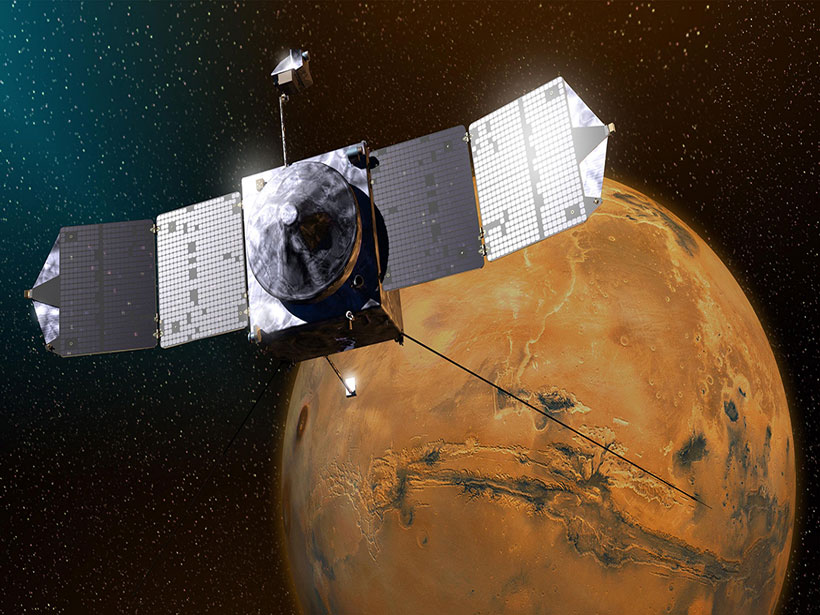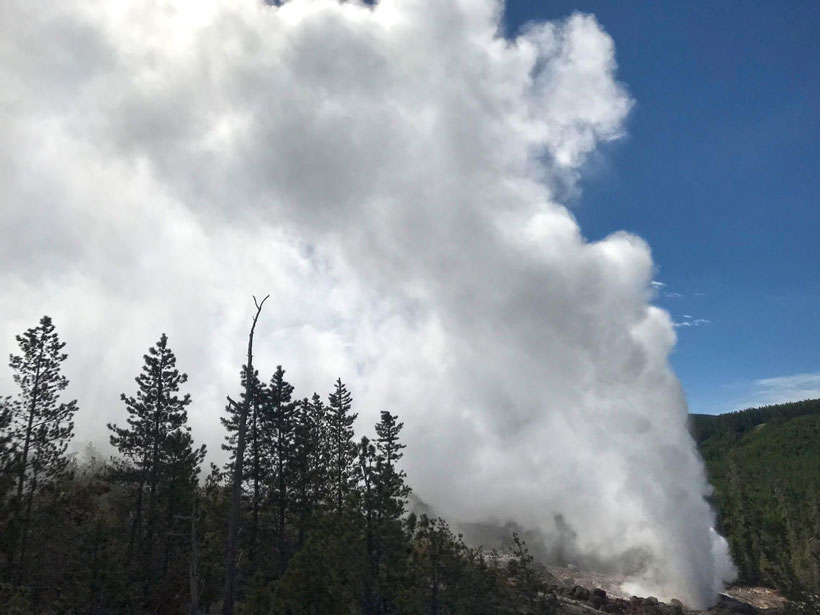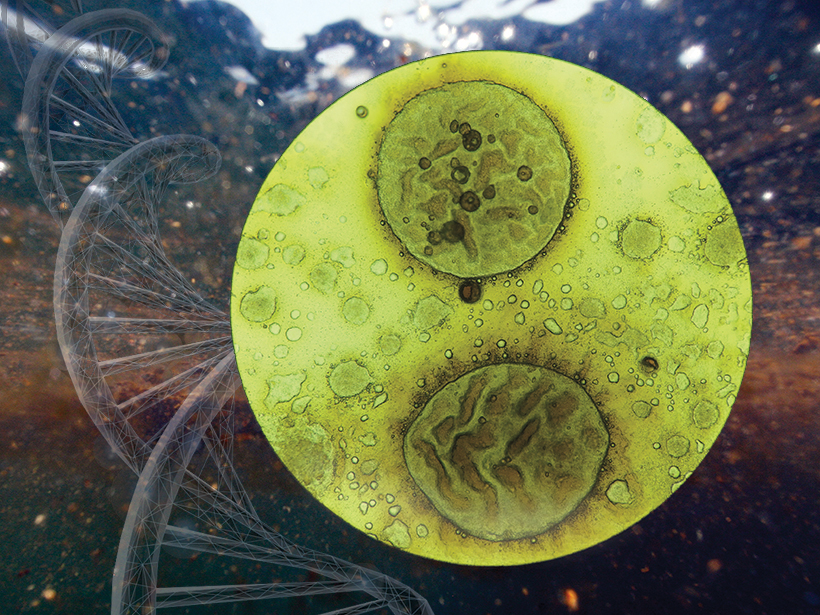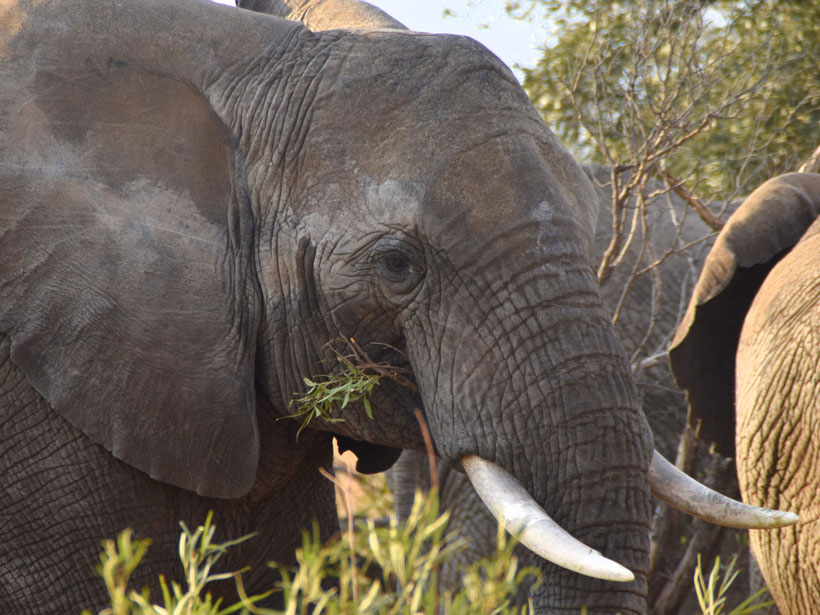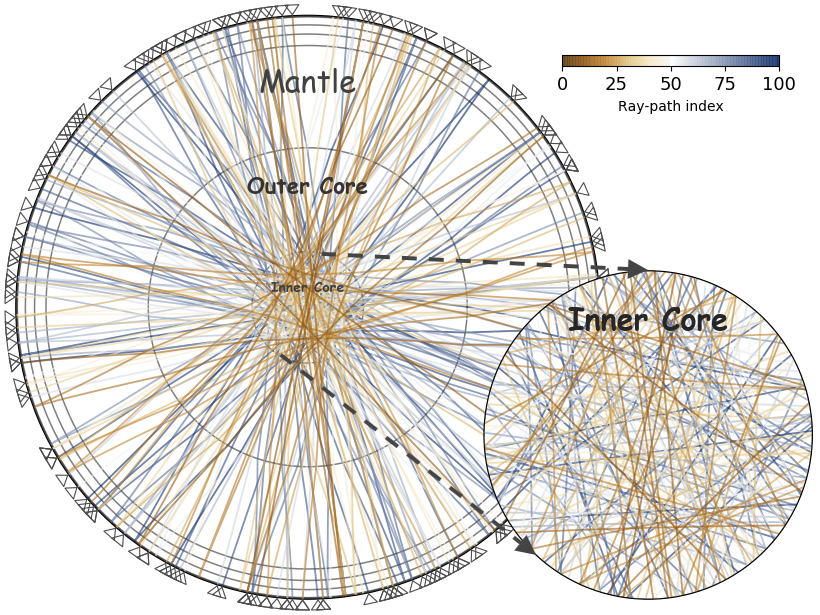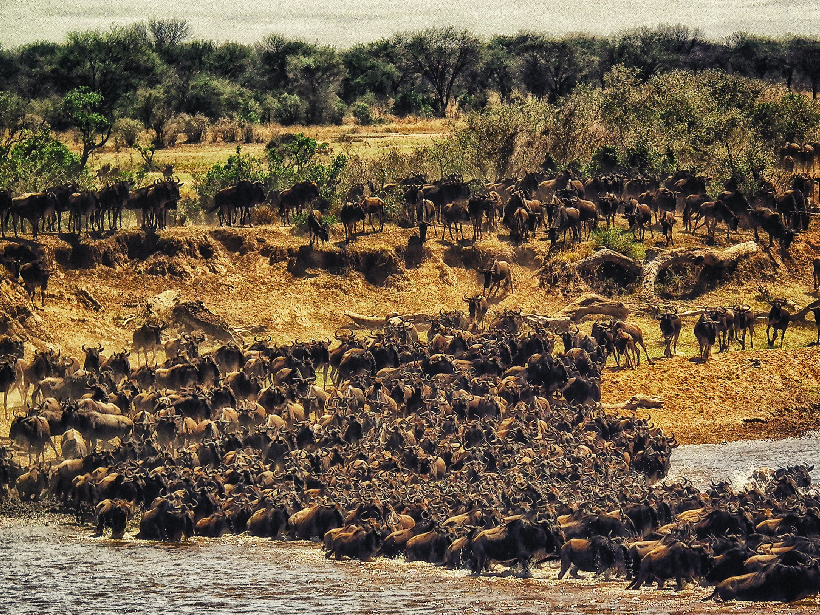New research indicates Mars’s dynamo may have been active for millions of years longer than previously thought.
CC BY-NC-ND 2020
Meteoric 10Be Reveals Lithological Control on Erosion Rates
New meteoric 10Be data quantify fast erosion of slates in the Zhuoshui River catchment in Taiwan and demonstrate the influence of lithology on landscape steepness.
Are Geysers a Signal of Magma Intrusion Under Yellowstone?
Steamboat Geyser, the world’s tallest, is in the midst of one of its largest periods of activity. Is it linked to new magma intruding under the Yellowstone caldera?
Deepwater Horizon: La Plataforma Petrolera y el Surgimiento de las Técnicas Ómicas
Las técnicas de genómica microbiana llegaron a su madurez después del derrame de Deepwater Horizon, ofreciendo a los investigadores una visión incomparable de cómo los ecosistemas responden a tales desastres ambientales.
Monitoring African Elephants with Raspberry Shake & Boom
A team of researchers has used low-cost devices to record footsteps and vocalizations from African elephants in the field.
Adolphe Nicolas (1936–2020)
This decorated researcher and educator made major contributions to understanding mantle processes and the creation of oceanic crust at spreading ridges, together with public outreach on climate change.
Earthquake-coda Tomography Boosts Illumination of the Deep Earth
A new tomographic method based on correlations of seemingly chaotic earthquake coda waves yields otherwise unobservable arrivals, thus greatly improving illumination of the deep Earth.
How Is the Pandemic Affecting AGU Journal Article Submissions?
AGU journal submissions have not seen a significant decrease in the proportion of female corresponding authors.
Geology and Chemistry Drive Animal Migration in the Serengeti
Fieldwork in Tanzania suggests that soil chemistry—influenced by local volcanism and tectonic activity—might help dictate the record-setting migration of over a million wildebeests.
Volcano Monitoring Goes Offshore
Offshore observations by cabled ocean-bottom pressure recorders have revealed details of the 2015 eruption of Axial Seamount submarine volcano in the Pacific Ocean.

